The History of Contemporary Art
Contemporary art is often referred to as "difficult" or "incomprehensible.
Many people may not know where to begin.
In fact, art is one of the oldest human activities, having been around since before history was written.
In this issue, we will trace the history and look at the path leading up to contemporary art.
Prehistory
When writing had not even been invented, humans left sketches of animals on cave walls.
The cave murals of Altamira and Lascaux are famous.
It is not yet clear what role cave murals had at that time...whether they served as a kind of Bible to support faith in a small community, or whether they were more lighthearted hand games.
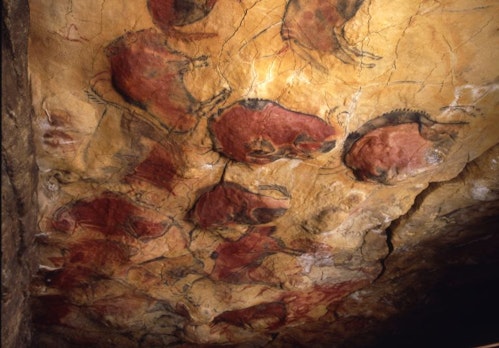
However, when considered in relation to language and writing, it is plausible that murals were used to tell stories, since it has been since the beginning of time that humans have reached a certain level of literacy.
Antiquity - Middle Ages - Renaissance
From before 1000 A.D. to the Middle Ages, most non-Christian religions prohibited the idolization of divine beings or substituted rituals for them, so the majority of works of art that have survived into posterity are Christian art.
In medieval icon painting, the emphasis was not so much on realistic depiction as on the sacredness imparted by the emphasis on straight lines and human-like forms.
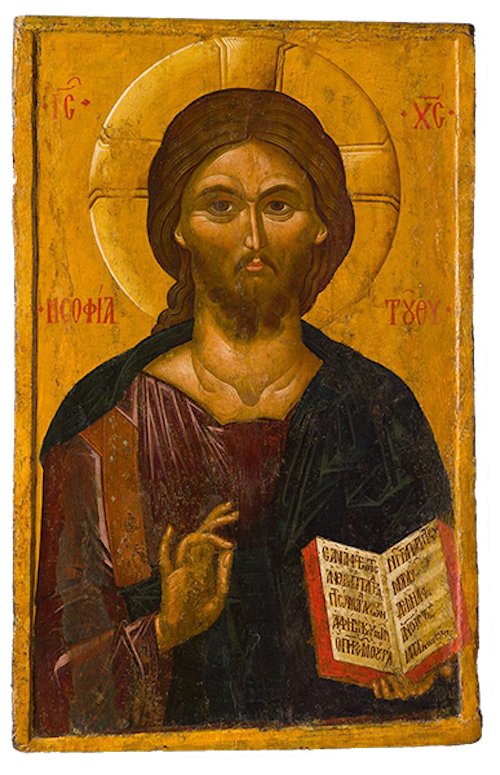
In ancient Greece, a very well-proportioned group of sculptures survives.
Paintings were probably done as well, but the medium of the time (wood or stone for sculpture, or painting for sculpture, and wood or stone for painting) was not as important as the medium of the day. Marble, the medium used for sculpture, is considered the most durable of all the media (wood and stone for sculpture, canvas and paint for painting), and it has survived to the present day.
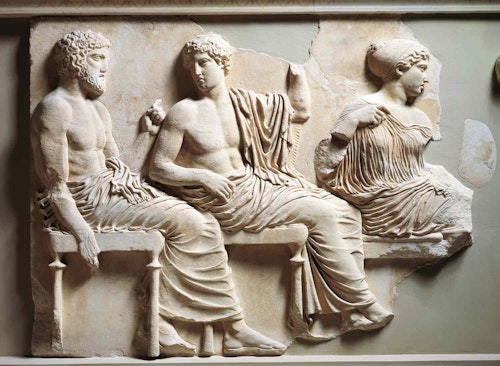
In the 14th and 15th centuries, around the time of the Renaissance, great artists such as Dürer, Leonardo da Vinci, Michelangelo, and Raphael appeared.
At this time, the "perspective method," which had been somehow captured until then, was formulated, making it possible to accurately capture the landscape as seen by the human eye and its distortions due to perspective.
.jpg?w=500&h=657)
The 19th Century
In the 19th century, neoclassicism and other movements led to the production of a succession of paintings that were considered beautiful at first glance. This was a time when the idealized concept of beauty was raised to its ultimate level.
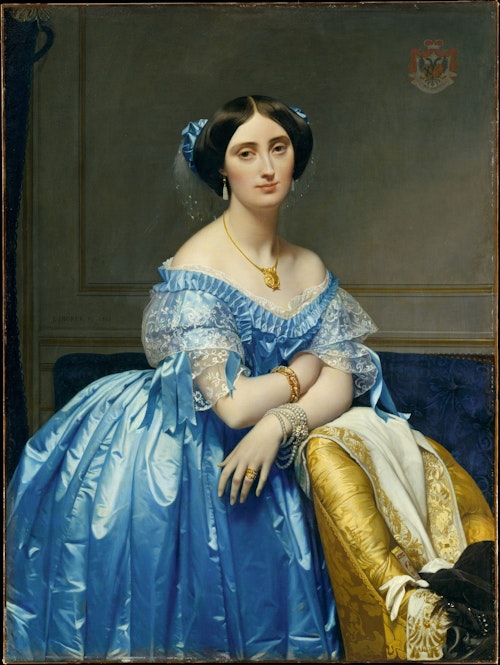
Impressionism countered this trend by attempting to capture phenomena such as the transitions of light and air that can be seen at a moment in time. What was needed to achieve this was paint in tubes. Until then, oil paints, which were stored in pig bladders and used for a very limited period of time, could only be used in the studio. Therefore, even for landscapes, the artist would only make sketches while on site and use the paints only after returning to the studio.
Impressionist painters, however, made the best use of paint in tubes and created a style of painting in oil directly in the open air. In this way, they renewed our image of what landscapes look like to our eyes and what is a realistic scene.
The 20th Century
The 20th century also saw the rise of attitudes that placed more value on the "painting" itself.
The concept of "art" was constantly renewed by each art movement, such as Abstract Expressionism, Cubism, Dadaism, Mono-ha, and so on.
Among these, the greatest turning point was the major shift in perspective made by Marcel Duchamp in the first half of the 20th century, when he placed "thinking" rather than "seeing" at the center of the activity of art.
This may be said to be the greatest revolution in the history of art since ancient times, except for changes caused by influences from outside the purely artistic realm, such as natural phenomena and technological developments.

What is contemporary art?
What, in the end, is contemporary art?
A work of art has content based on various concepts, backgrounds, and narratives. And it can be expressed by any form.
There may be a work of art that everyone is willing to admit, "This is a contemporary artwork," even though there is nothing tangible to see.
It can be said that the creative act in the mind of the viewer triggered by the work makes it a work of art, like a feedback loop.
Another important point is that the history of art does not always consist of a series of staircases built one step at a time in an upward direction.
Of course, fields with a high level of abstraction, such as conceptual art, exist only because of the visual arts that existed up to that point.
However, this does not necessarily mean that works that fully emphasize the conceptual aspect are "superior," "new," or "more valuable.
There is a value system in art that allows us to put ancient cave paintings on the same level as contemporary media art, and to give value to art from different periods on the same level.
How to enjoy contemporary art
Know the concept of the work.
The world of art, which used to have values such as beautiful colors and excellent workmanship, has changed since Duchamp to emphasize concepts.
It is difficult to understand a work of art with only information obtained from the eyes, so it is necessary to understand the political, religious, and social background of a work in order to understand its concept.
In Joseph Kosuth's work "One and Three Chairs (1965)," there is an ordinary chair placed in front of a wall, a photograph of the same chair, and a written definition of the word "chair" from the dictionary on the wall.
Using the familiar motif of a chair, what do "that chair" spoken in language, "this chair" that should be visible in front of us, and "that chair" photographed have in common? This work seems to ask such a question.
It is a work that asks the viewer questions that we take for granted and do not even question in our daily lives. It is a conceptual work that is truly a symbol of contemporary art.
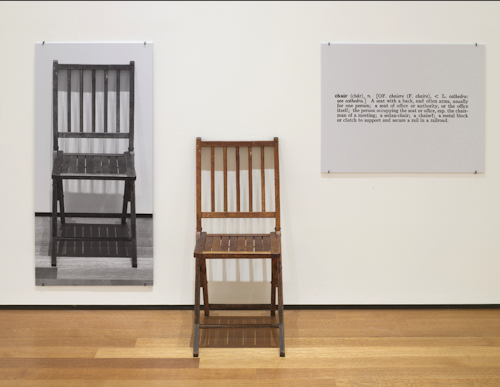
Recommended Works by TRiCERA
TRiCERA ART also has a number of contemporary art works that are based on deep concepts while using paintings as their medium. In this issue, we would like to introduce three works carefully selected from among them.
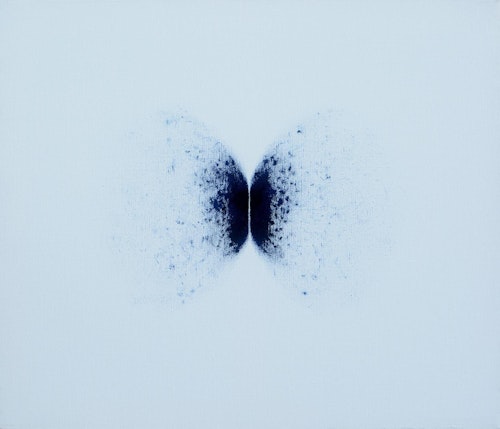
c by Yang, Woon-Chul
W 53.00cm x H 45.00cm / 256,200Yen

DW_04 by Chizuko Ninomiya
W 91.00cm x H 91.00cm / ³,000

KURANO_24 by Kazunori Fuji
W 65.20cm x H 80.30cm / 120,000Yen
TRiCERA ART members enjoy a variety of privileges and preferences.
- Discounts such as members-only secret sales and coupons
- Create your own collection by registering your favorite artists
- Receive updates on popular artists, exhibitions, and events
- Receive a weekly newsletter with selected art
- Personal Assessment to find out what kind of art you like.
Please register as a member for free and receive the latest information.
Free Member Registration